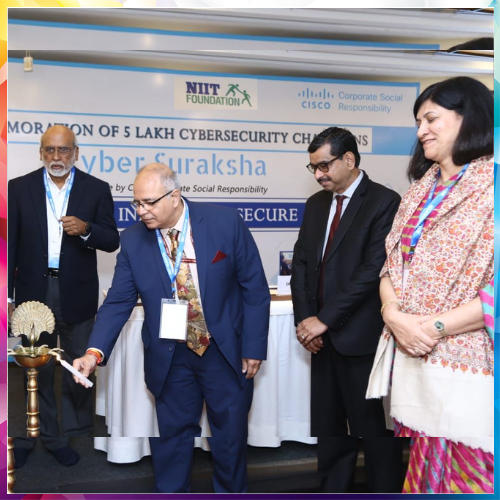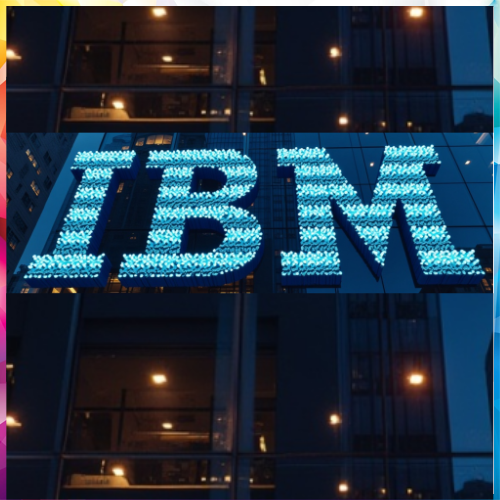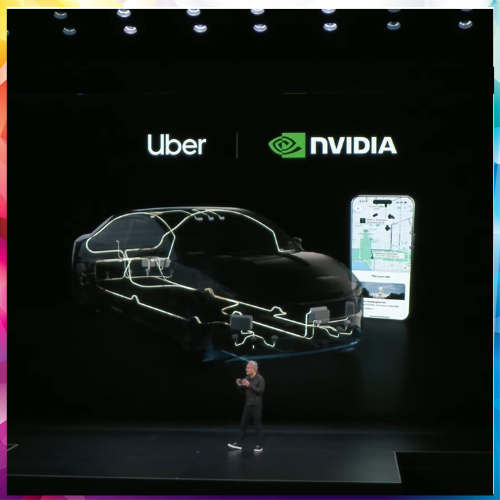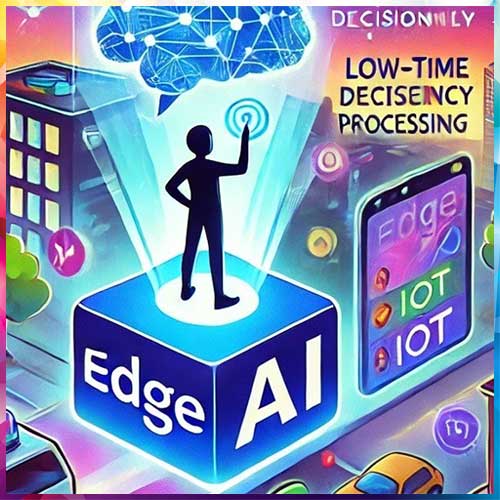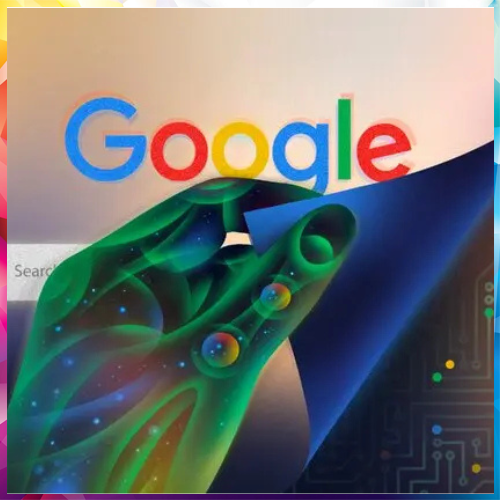
Artificial Intelligence frees decision-makers from the rule-based mundane and tedious process of customer query handling for common questions asked. It optimizes the CRM process by relevant keyword-based searches analysing customer sentiments and answering them accordingly. It is a pre-requisite for the organization in the current scenario post-pandemic to realign the business processes with AI considering adaptability, complexity, scalability, decision making, and customization of products and services. For unleashing the full potential of Artificial Intelligence (AI), contemporary leadership that can augment AI and humans instead of strategizing to replace AI with humans is the need of the hour from a balanced social, legal, economic, political, and technological perspective. According to Harvard business review, it is predicted that the performance and bottom line of organizations is enhanced when humans and AI augment each other leading to enhancing life skills of individuals and teams and technical skills of machines with the right fusion of learning and development activities. Pandemic and resultant transformations have fast-tracked the mechanization of many everyday jobs, with future skepticism towards artificial intelligence (AI) adding to the increase in the rate of unemployment. In reality, if actions are taken appropriately and strategically by the organizations and government combined the reverse might be true that AI will add to more jobs. For redefining success with AI, humans need to execute three vital roles. These roles are at three entry points: input, process, and output. At the input level, humans need to give the right information and construct machines to accomplish a particular departmental and organizational objective. At the process point, the role of humans is to maintain ethics and integrity by responsible use of the machines.
Humans also play a major role in developing traits of virtual personal assistants like Google Assistant, Siri, and Alexa to warrant that they precisely echo their organizations’ brands be it Apple or Amazon. AI can also increase creativity, which will empower individuals to focus on their unique human strengths like first impressions and judgments. Best example is how Autodesk’s Dreamcatcher AI captures the creative mind of the best designers. The designer provides the Dreamcatcher with the standard for the desired product. Then the designer can control the software to tell which chair he/she likes or dislikes, leading to a new design round. This allows designers to focus on leveraging their unique human strengths of expert judgment and aesthetics. In the current context of COVID-19, organizations have speedily applied machine learning expertise in several areas, including expanding customer communication, understanding the COVID-19 epidemic, and augmenting research and treatment. Finally, Redefining success for the business, leveraging the utility of AI and humans involves more than the execution of strategic AI plans.
See What’s Next in Tech With the Fast Forward Newsletter
Tweets From @varindiamag
Nothing to see here - yet
When they Tweet, their Tweets will show up here.






